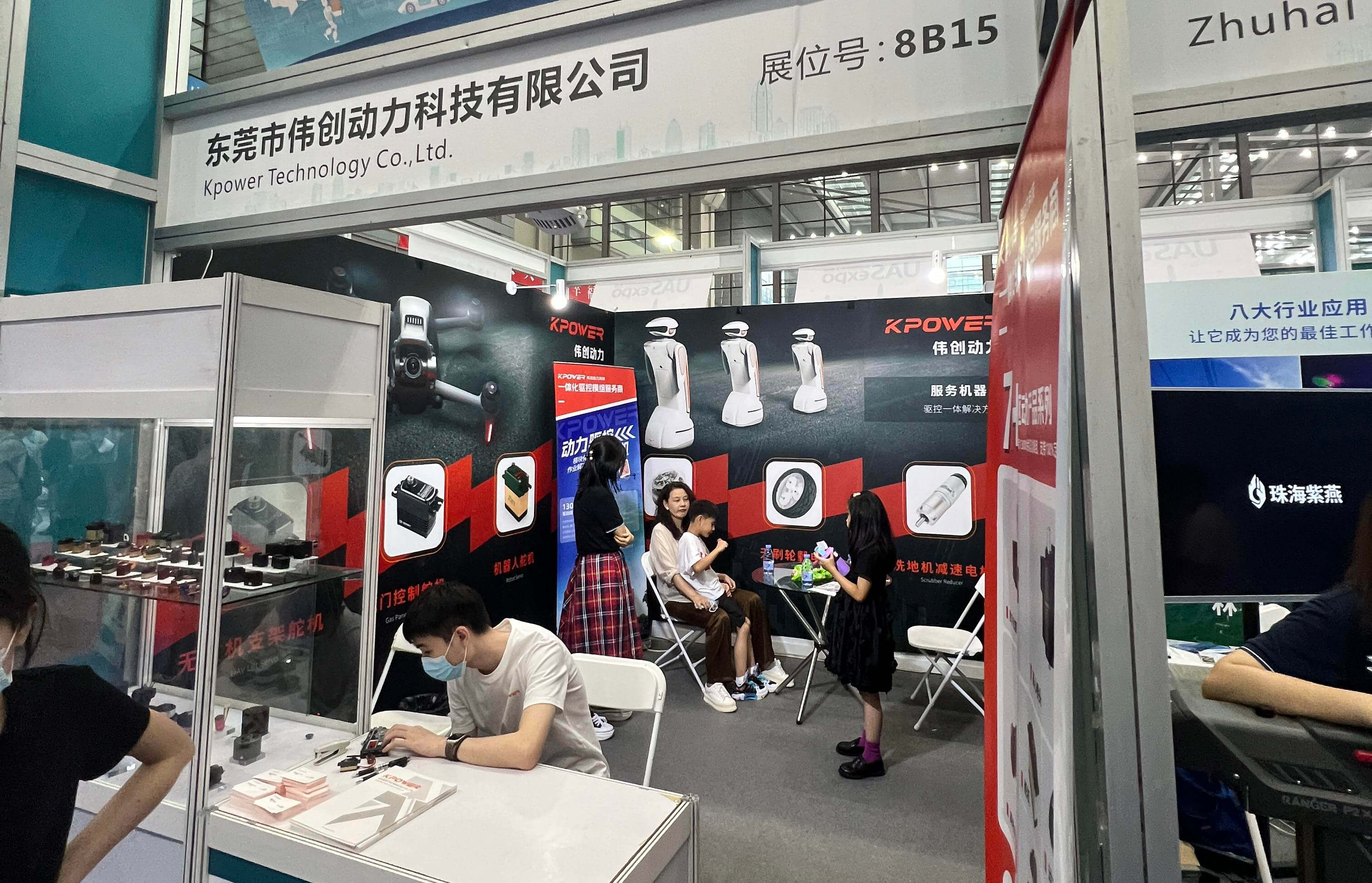In the vast universe of electronic components and mechanical marvels, micro servo motors shine as tiny giants—powerful, precise, and incredibly versatile. Their small size belies their significant impact across an array of industries, from robotics and aerospace to hobbies and medical devices. If you've ever marveled at the agility of a drone, the delicate movements of a robotic arm, or the intricate mechanisms of a camera gimbal, chances are you're looking at the magic of a micro servo motor in action.

What exactly is a micro servo motor? At its core, a micro servo motor is a compact, high-precision actuator designed to convert electrical signals into controlled mechanical movement. Unlike traditional motors, servos include built-in feedback mechanisms—typically potentiometers—that enable exact position control. This feedback loop allows micro servo motors to rotate to a specified angle and hold that position reliably, making them indispensable for applications requiring fine control and repeatability.
The 'micro' designation refers to their diminutive size—often less than 20 millimeters in length—and their lightweight nature. Thanks to recent advancements in miniaturization, modern micro servo motors can deliver impressive torque and speed despite their small footprint. Material innovations, improved gear trains, and intelligent circuit design contribute to these remarkable capabilities.
Why are micro servo motors so popular? Their popularity stems from multiple factors that make them the go-to choice in countless projects and devices:
Size and Weight: Their compact dimensions make them suitable for tight spaces where traditional servos or motors wouldn’t fit. Lightweight design ensures they don't add significant load to small devices—especially critical in aerospace, robotics, and portable electronics.
Precision and Control: Micro servos excel at precise angular positioning, often providing positional accuracy within a degree or less. This is essential in applications like camera stabilization, miniature robots, and prosthetics, where minute movements matter.
Ease of Integration: They usually come with standard connectors and simple control protocols, making them easy to integrate into various systems. Whether you're an experienced engineer or a hobbyist, micro servos allow for quick setup and reliable operation.
Affordability and Availability: With a booming market fueled by hobbyists and professionals alike, micro servo motors are widely accessible and affordable, providing an excellent entry point for learning and experimenting.
A glimpse into the technology behind micro servos The typical micro servo contains several key components:
Coreless or brushed motor: The heart of the device, providing the rotational force. Gear train: Reduces speed and increases torque; common gear materials include plastic or metal for durability. Position sensor: Usually a potentiometer that detects the shaft's position. Controller circuit: Processes incoming signals, compares with the sensor readings, and adjusts motor operation accordingly.
This integrated package allows the micro servo to respond swiftly and accurately to control signals, whether from a microcontroller, remote control, or other electronic interface.
Applications across industries Micro servo motors are not confined to a single domain; their versatility positions them as critical components in diverse fields:
Robotics: Small robots, robotic arms, and humanoid prototypes leverage micro servos for precise limb movement, facial expressions, and sensor articulation. Drones and UAVs: Their lightweight and accurate control enable stable flight, gimbal stabilization, and camera angle adjustment. Medical Devices: Micro servos assist in surgical robots, prosthetic limbs, and diagnostic equipment by providing delicately controlled movements. Hobby and Education: Model aircraft, RC cars, robotic kits, and educational projects rely on micro servo motors to introduce users to automation and engineering concepts. Consumer Electronics: Devices like camera stabilizers or interactive toys integrate micro servos to enhance user experience with smooth, responsive motion.
The evolution of micro servo technology The journey of micro servo motors traces back to broader servo technology, which historically focused on industrial automation and large-scale machinery. As miniaturization became a priority, especially with the rise of consumer electronics and robotics, manufacturers responded by developing smaller, more efficient servos.
Key milestones include:
Transition from brushed to coreless and brushless motors for better efficiency and durability. Development of digitally controlled servos offering programmable parameters for advanced applications. Integration of smart features such as wireless control, status feedback, and modular design for flexible system integration.
Future outlook: Micro servo motors are poised to become even more sophisticated, incorporating emerging technologies like AI-driven control, higher torque-to-size ratios, and advanced materials that reduce weight while increasing strength. As robotics and automation continue to expand into everyday life, the tiny yet mighty micro servo motor remains at the forefront of innovation.
Established in 2005, Kpower has been dedicated to a professional compact motion unit manufacturer, headquartered in Dongguan, Guangdong Province, China.




































